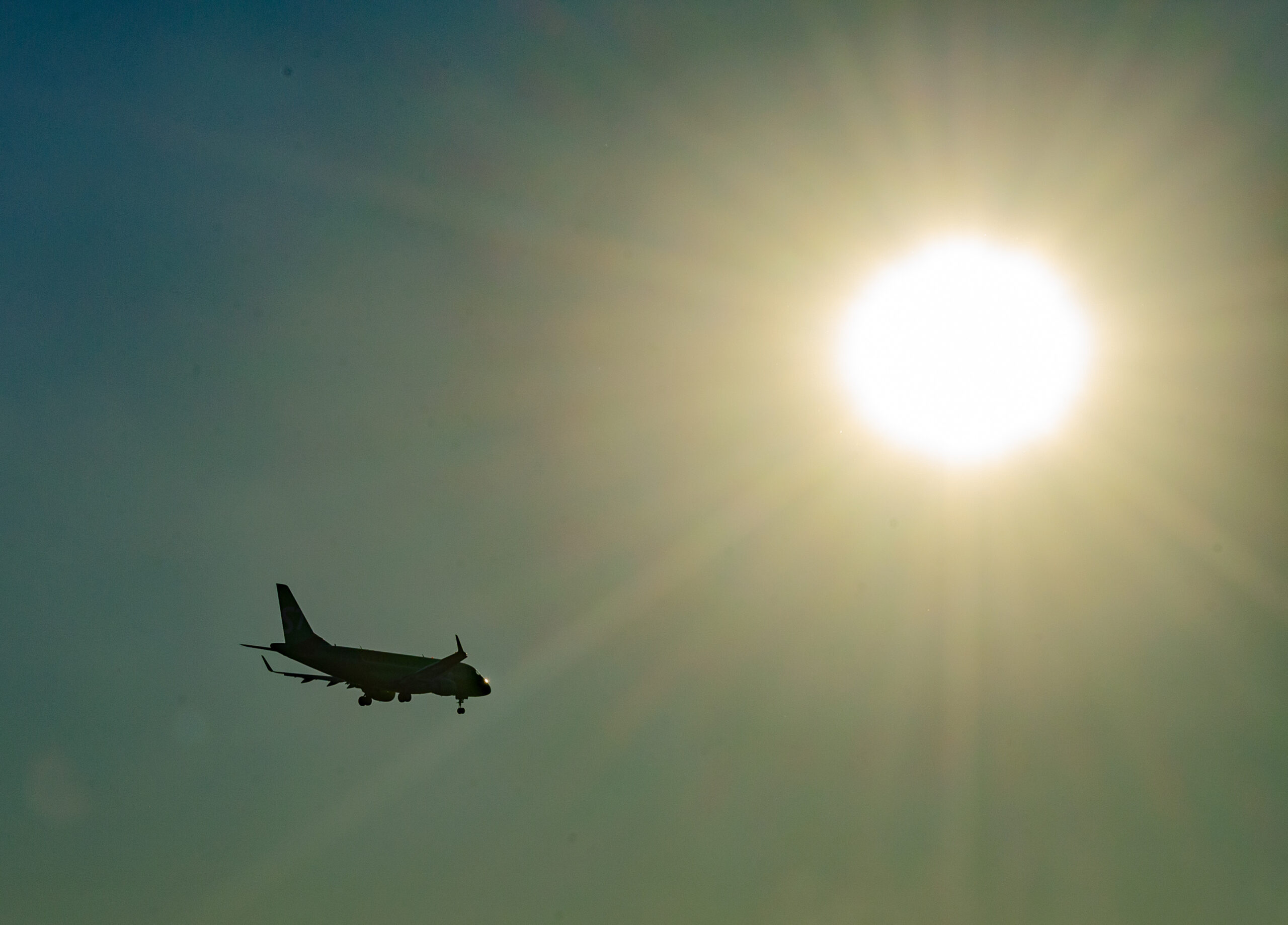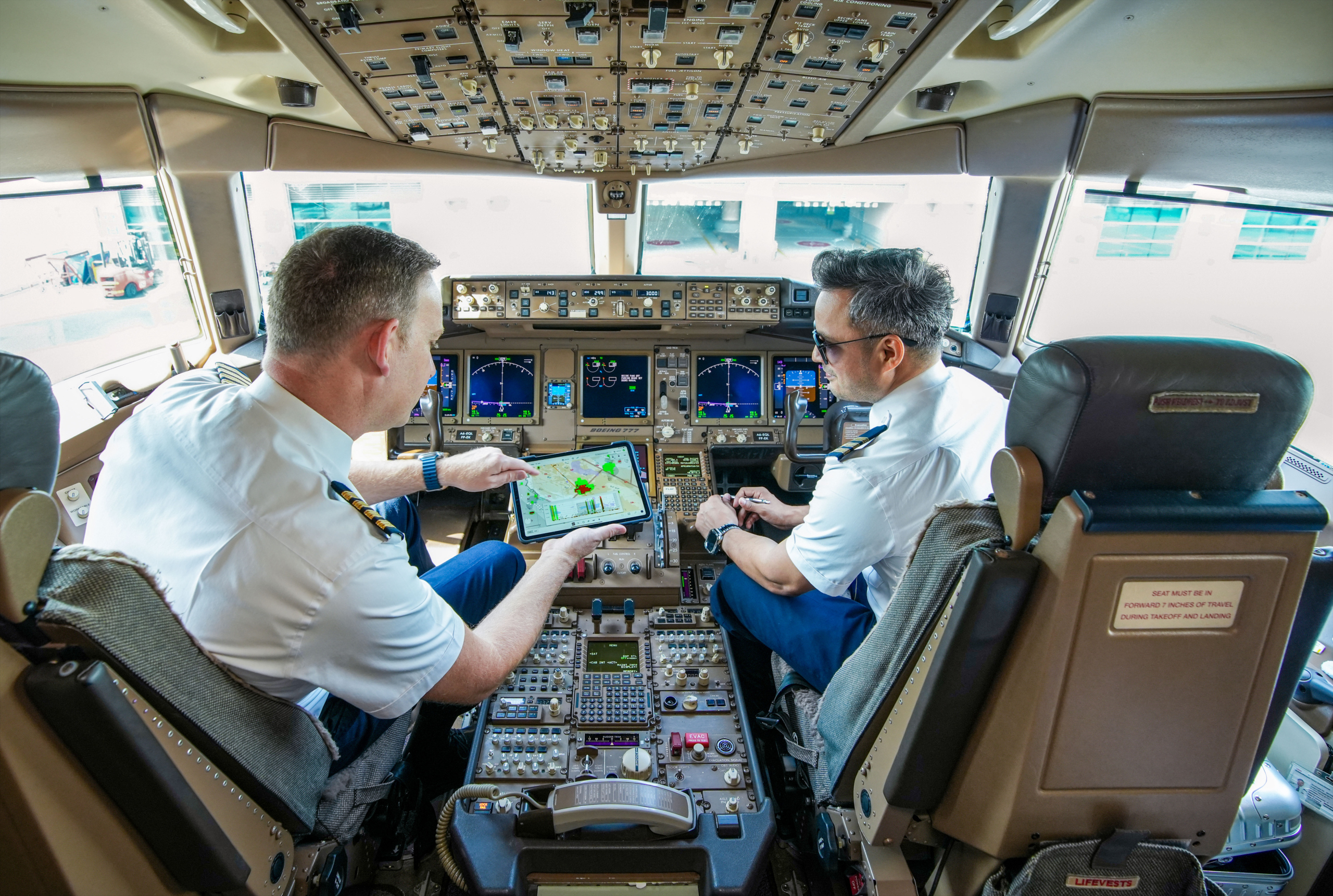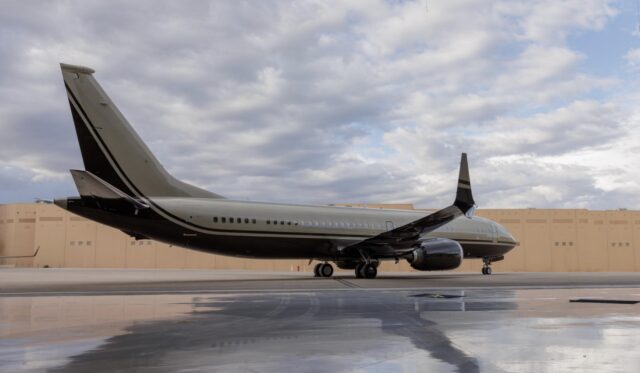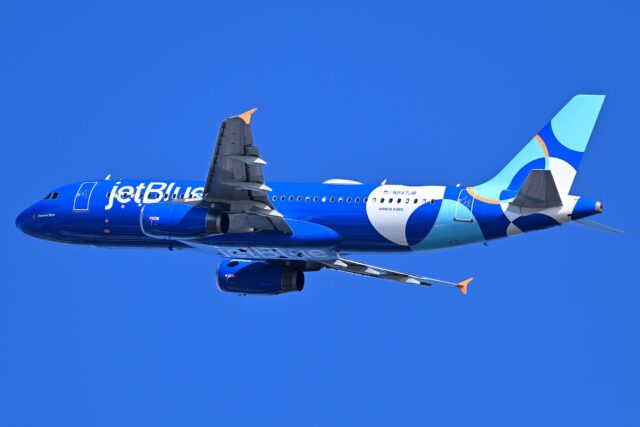Climate change set to increase turbulence, new study warns

September 1, 2025

The risk of turbulence is expected to increase as climate change is projected to lead to more unstable air, according to new research from the University of Reading.
The study builds on earlier findings that turbulence has already become more frequent as the climate has warmed over the past 40 years.
Using 26 of the latest climate models, scientists examined how rising global temperatures will alter jet streams at typical cruising levels of around 35,000 feet.
Jet streams – high-altitude bands of rapidly moving air – are being reshaped by climate change in ways that intensify wind shear, the difference in wind speed at different heights.
Study forecasts steep rise in turbulence risk
The research, published in the Journal of the Atmospheric Sciences, concludes that wind shear will climb by 16–27% while atmospheric stability could drop by 10–20% between 2015 and 2100.
Joana Medeiros, PhD researcher at the University of Reading and lead author, said: “Increased wind shear and reduced stability work together to create favourable conditions for clear-air turbulence – the invisible, sudden jolts that can shake aircraft without warning.
“Unlike turbulence caused by storms, clear-air turbulence cannot be seen on radar, making it difficult for pilots to avoid.”

Professor Paul Williams, co-author at the University of Reading, said: “Recent years have seen severe turbulence incidents causing serious injuries and, in some tragic cases, fatalities.
“Pilots may need to keep seatbelt signs on longer and suspend cabin service more often during flights, but airlines will also need new technology to spot turbulence before it hits, protecting passengers as skies become more chaotic.”
The team assessed both moderate and high-emission scenarios, with the most severe outcomes linked to higher levels of greenhouse gas emissions.
Impact for airlines and passengers
The findings indicate the issue will be global, affecting both hemispheres. The financial stakes are significant too, with turbulence already costing US airlines an estimated $150–500 million a year, according to The Research Applications Laboratory.
The study adds to a growing body of evidence from the University of Reading’s Turbulence Research Group showing how climate change is reshaping the flying experience and the operational challenges facing airlines.
Recent incidents underline the risks turbulence poses.
In May 2024, a London–Singapore flight was caught in a violent episode of clear-air turbulence while cruising over Asia.
More than 100 people were injured and a British passenger in his seventies died, marking the first turbulence-related fatality on a commercial airliner in decades.
Other serious events have occurred. A regional flight to Houston earlier this year was forced to divert after being shaken by turbulence so severe that two passengers required hospital treatment.
















